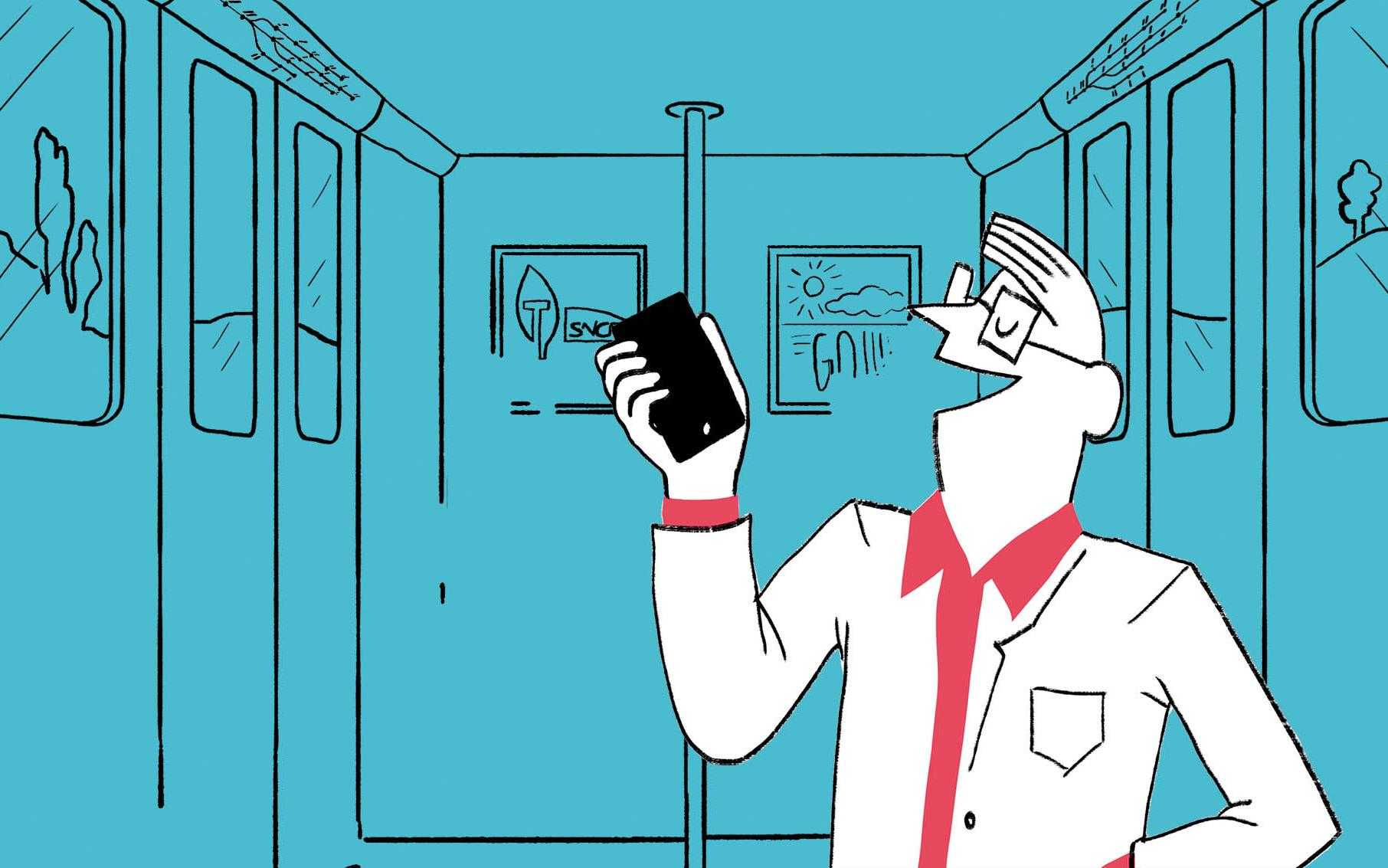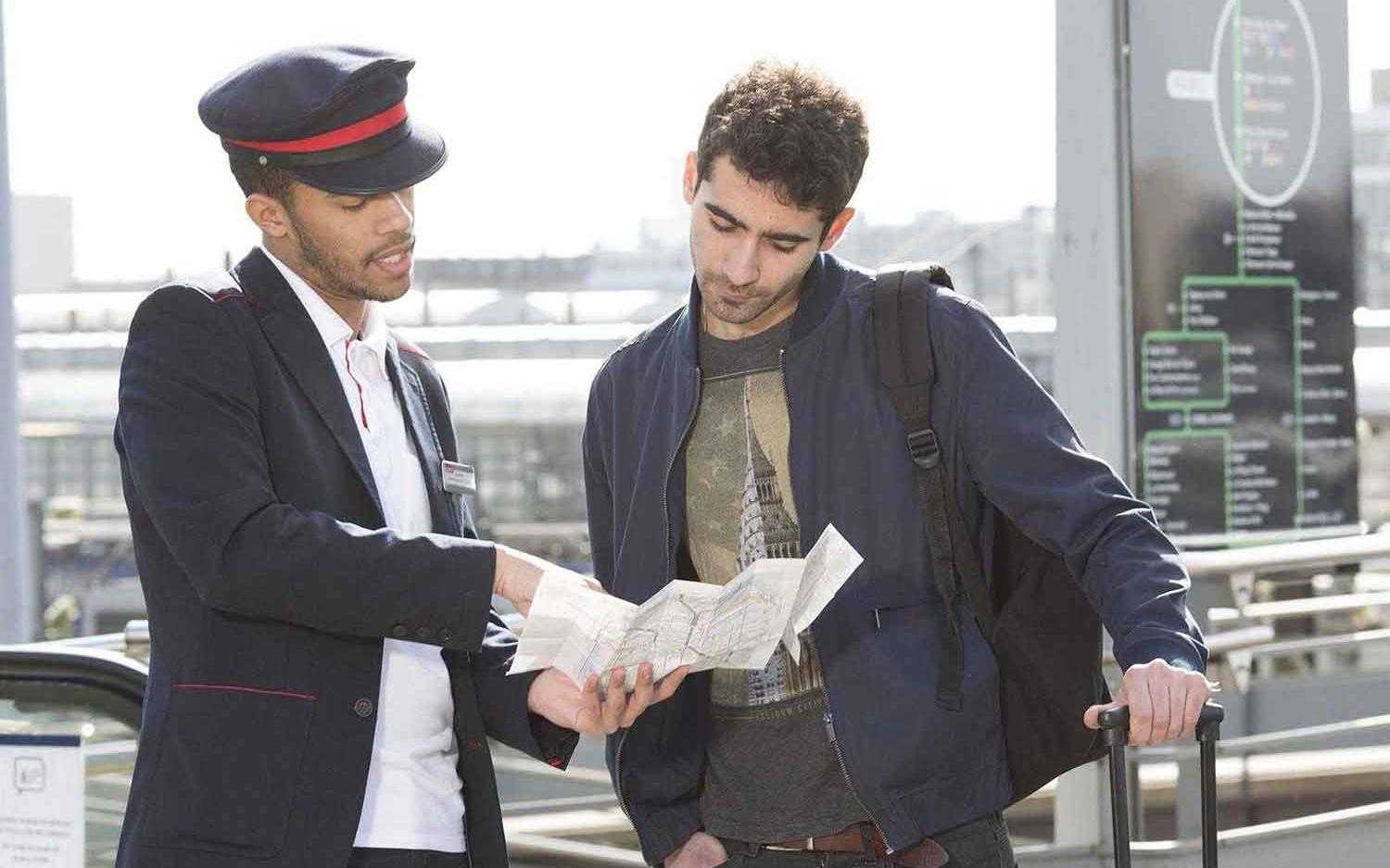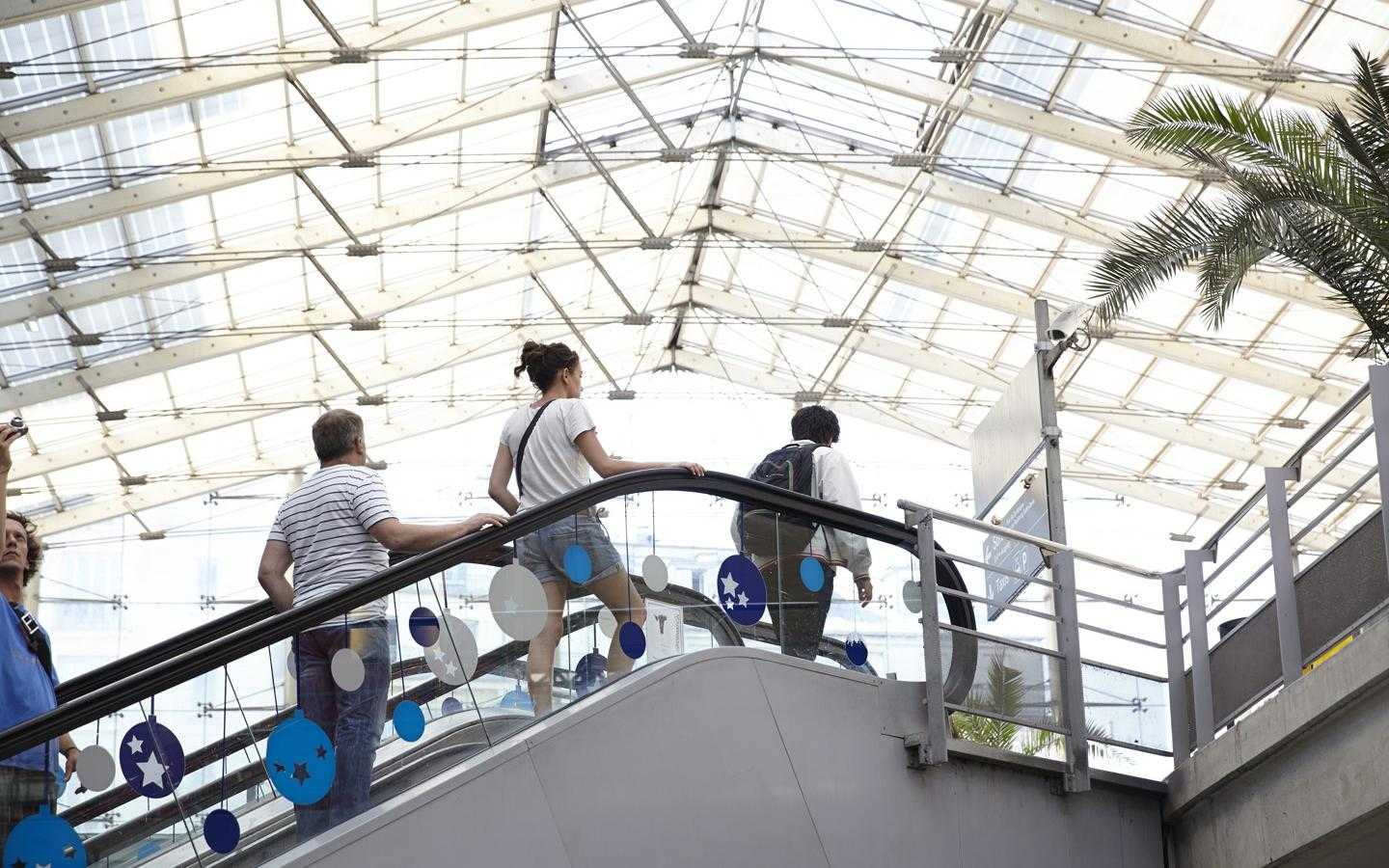Crowding on board
Crowding in each carriage: an innovative and much-appreciated service
Since 2023, Transilien has been offering you innovative information accessible on your platform screens and on transilien.com: the crowding in each carriage on the next train!
This service allows you to check how crowded each carriage is on trains, so that you can position yourself on the platform to board a less crowded carriage.
This service has been available since 2023 on lines J, L, N, H, K, R, a large part of line P and in some stations on RER E and D lines. Since March 2024, it has been extended to around 40 additional stations on RER B, D, E and C lines.
In all, more than 2,000 screens in 250 stations across the Transilien network and the transilien.com website are displaying this information.
92% of passengers* told us that this service was useful!
*Based on a sample of 1,000 customers who gave their opinion on the service.

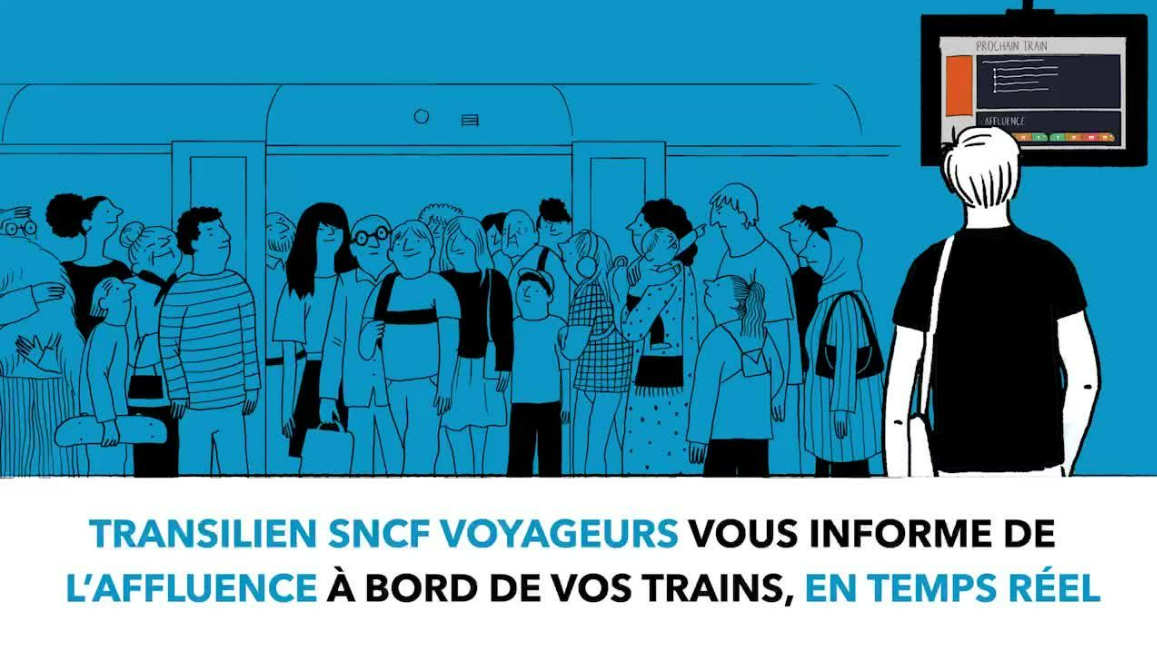
To improve passenger information and the comfort of your journeys, Transilien SNCF Voyageurs informs you of the number of passengers on board your trains in real time:
- Green picto, one person: low attendance and available seats,
- Orange picto, two individuals: average attendance and few seats available,
- Pink picto, three individuals: high attendance and standing room only.
You can find this information on the screens on the platform, in the station and on transilien.com.
This will allow you to pre-position yourself before your train arrives and choose the least crowded car.
Transilien SNCF Voyageurs for Île-de-France Mobilités.
A concrete case to better understand
On the screen below we are in La Défense station, on track 3. The next SEBU train is currently between Bécon-Les-Bruyères and Courbevoie and is about to arrive in 4 minutes.
At the bottom of the screen, the "Crowd" area shows a schematic representation of the train. We can see that it is a long train since it is composed of two coupled trains. It is represented in such a way that the front of the train is on the right of the screen and the back to the left.
At the moment, there is a medium to high level of traffic at the back of the trains. On the other hand, the middle and head of the train seem to be little frequented. This leaves a few moments for passengers concerned about the crowd to reposition themselves at the front of one of the two trains, where the density of passengers is less important, in order to get on board serenely.
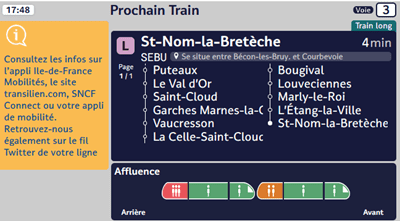

Low crowd: seating available
Medium crowd: few seats available
High crowd: standing room only
The crowding by car information is also available on transilien.com
The level of affluence at the car is also available on the transilien.com website in the Route Search and Next Departures sections, for the same trains as those displayed in the station.
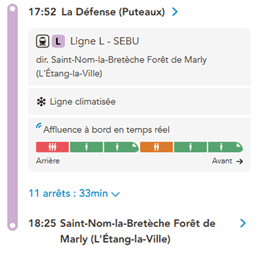
How does it work ?
Some trains are fitted with infrared sensors above each door. These sensors count the number of passengers entering and leaving the train at each stop. By comparing these figures with the train's carrying capacity, it is possible to calculate its occupancy rate.
When the train leaves a station, it transmits this count information in real time to Transilien's IT systems.
In addition, to take into account the movement of passengers inside the train, Transilien has developed an artificial intelligence model that learns the usual movement of passengers inside trains and consequently corrects the counts made at the doors before displaying the crowding information on the screens in stations and on transilien.com.
On lines B, D, E and C, which do not have rolling stock fitted with these sensors, Transilien has developed an innovative system with a camera on the platforms of certain stations linked to artificial intelligence, which can instantly assess the crowding level on board trains and reconstruct it for each carriage.
When the train leaves a station, this crowding data is transmitted in real time to Transilien's IT systems, so that the display on the screens in stations and on transilien.com can be updated.
Why should you be informed of the crowd on your trains?
Controlled ridership = better regularity
Controlled passenger numbers, well smoothed out between trains and within the same train, is also a way to improve regularity.
The better distribution of passengers avoids "traffic jams" in certain areas, for example at the head or tail of trains to be closer to the exit. Knowing in advance that one part of the train is already full while another is lightly used will encourage passengers to spread out and make the trip more pleasant for everyone. The flow of passengers getting on and off the train will be quicker, so the train will leave for its next stop faster.
Finally, a last positive point cited by the passengers we interviewed during the development of this new type of "rush hour" information: we gain in safety and serenity.
- During rush hour, by limiting jostling and promiscuity, which can be uncomfortable for passengers.
- In off-peak hours, by indicating the least empty parts of trains for people who prefer to group together to avoid travelling alone.
Give us your opinion!
Have you noticed this new feature? Do not hesitate to send us your opinion by clicking here.


